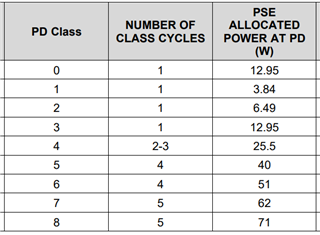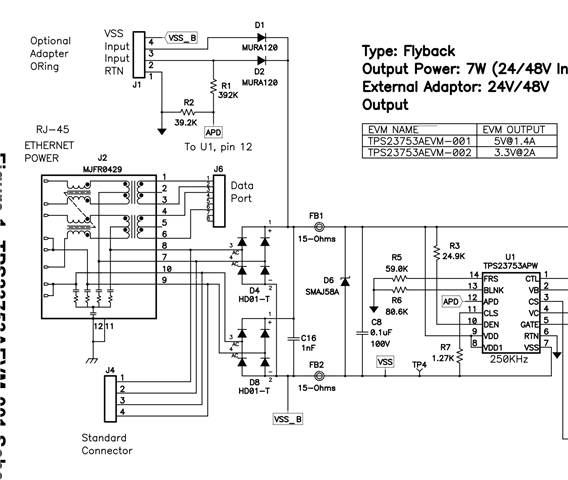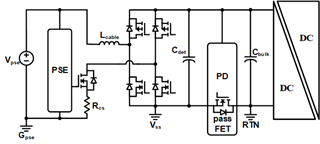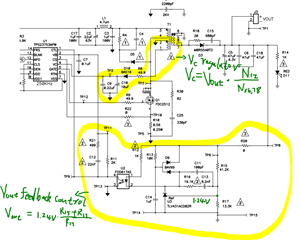Other Parts Discussed in Thread: TPS23758, TPS23753A
Hi
If I use an ethernet jack with built in magnetics and with PoE support.
Is there a simple reference design on how to connect it to the TPS2372? What is the minimal required external components?
Kind regards
Jens






